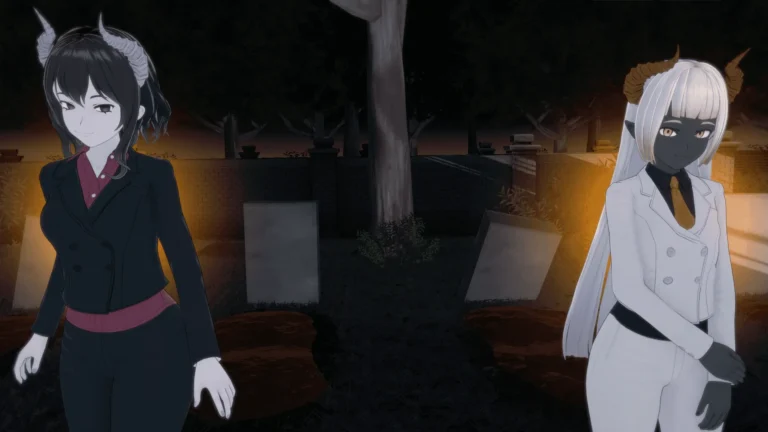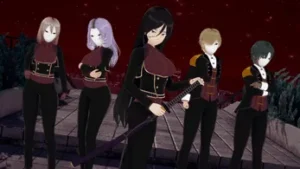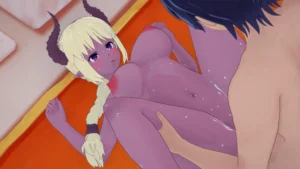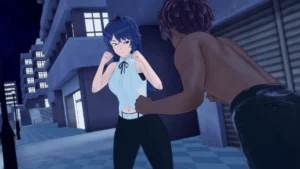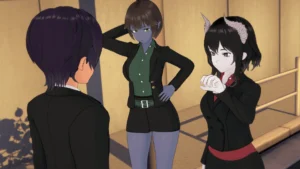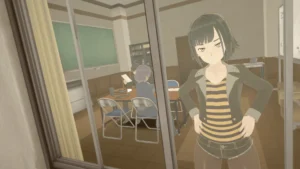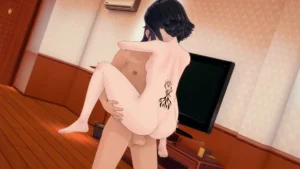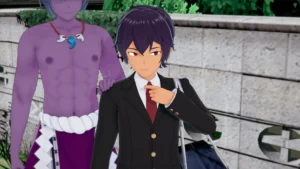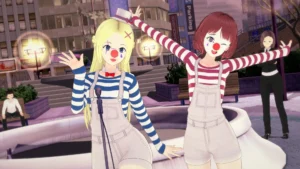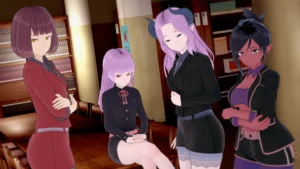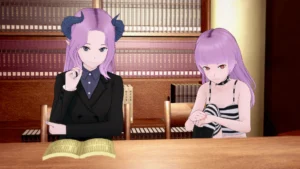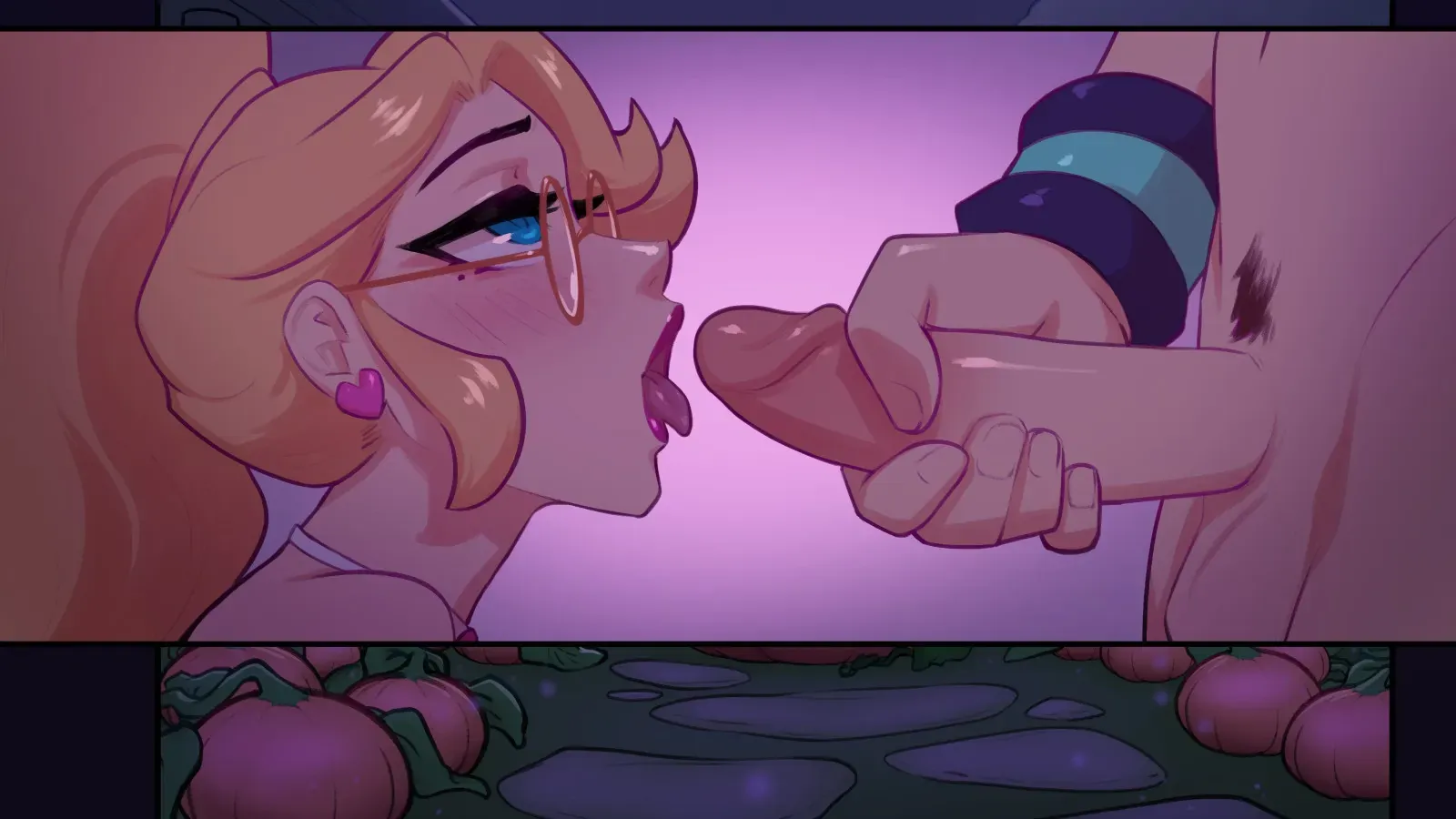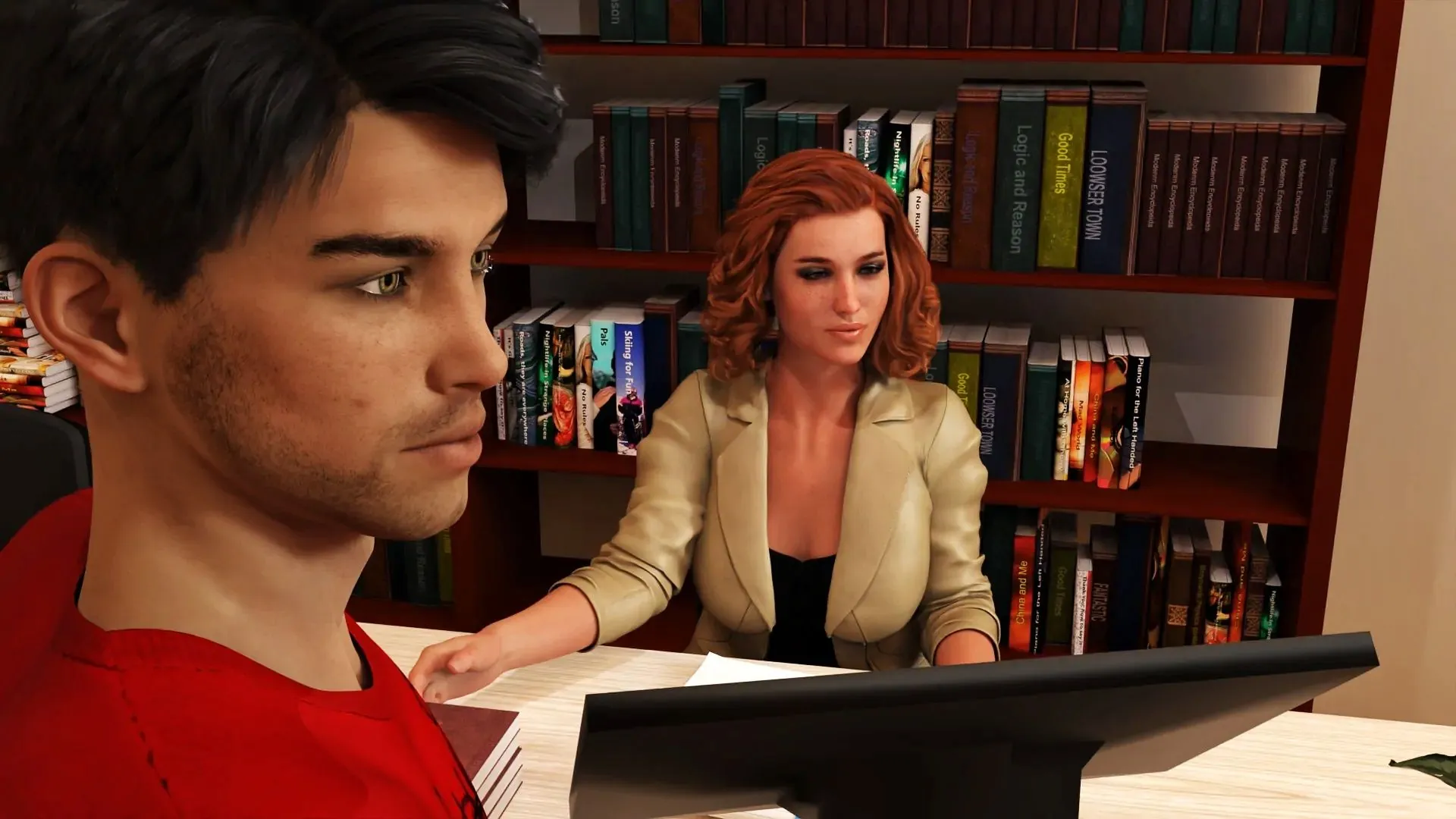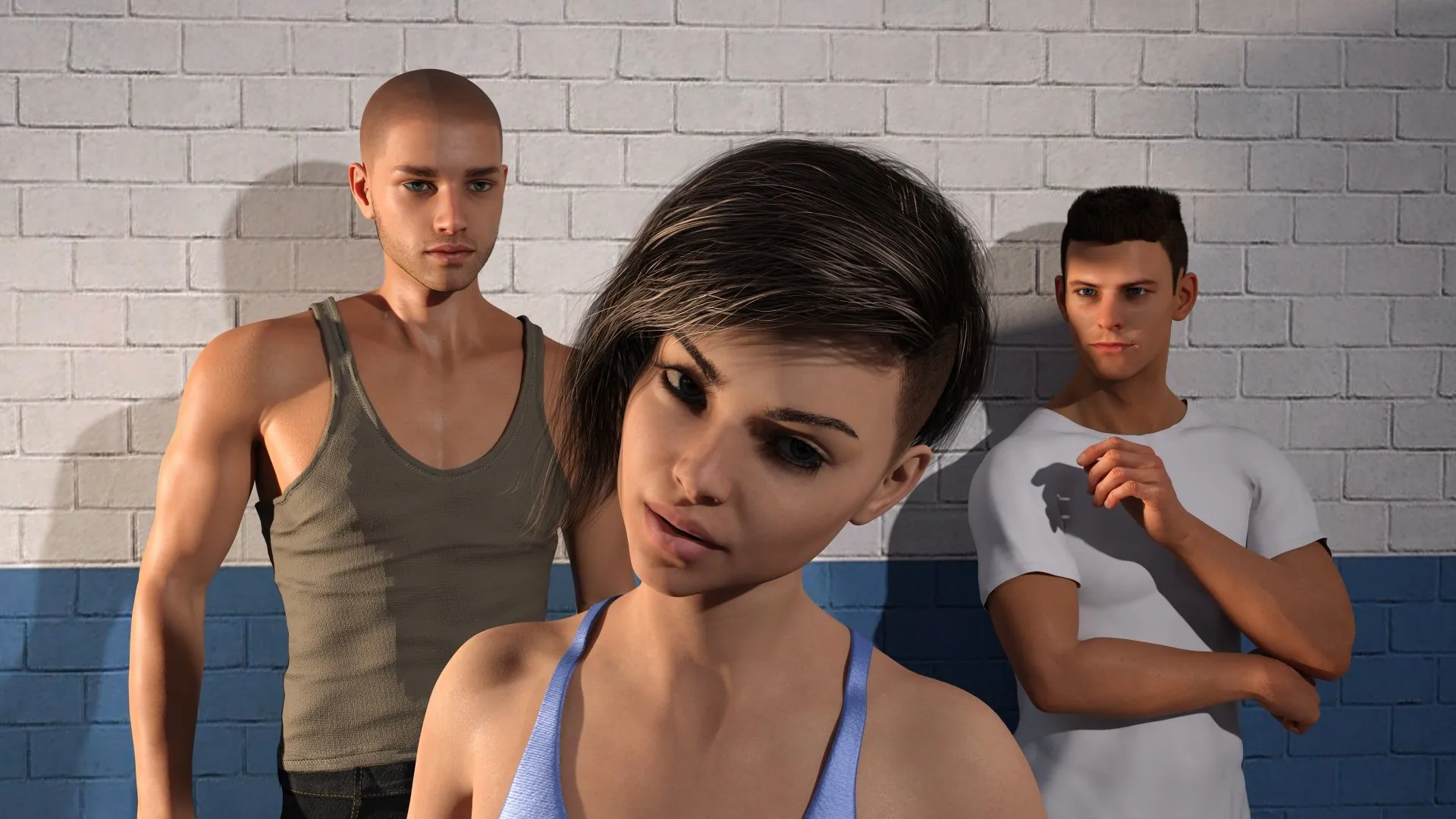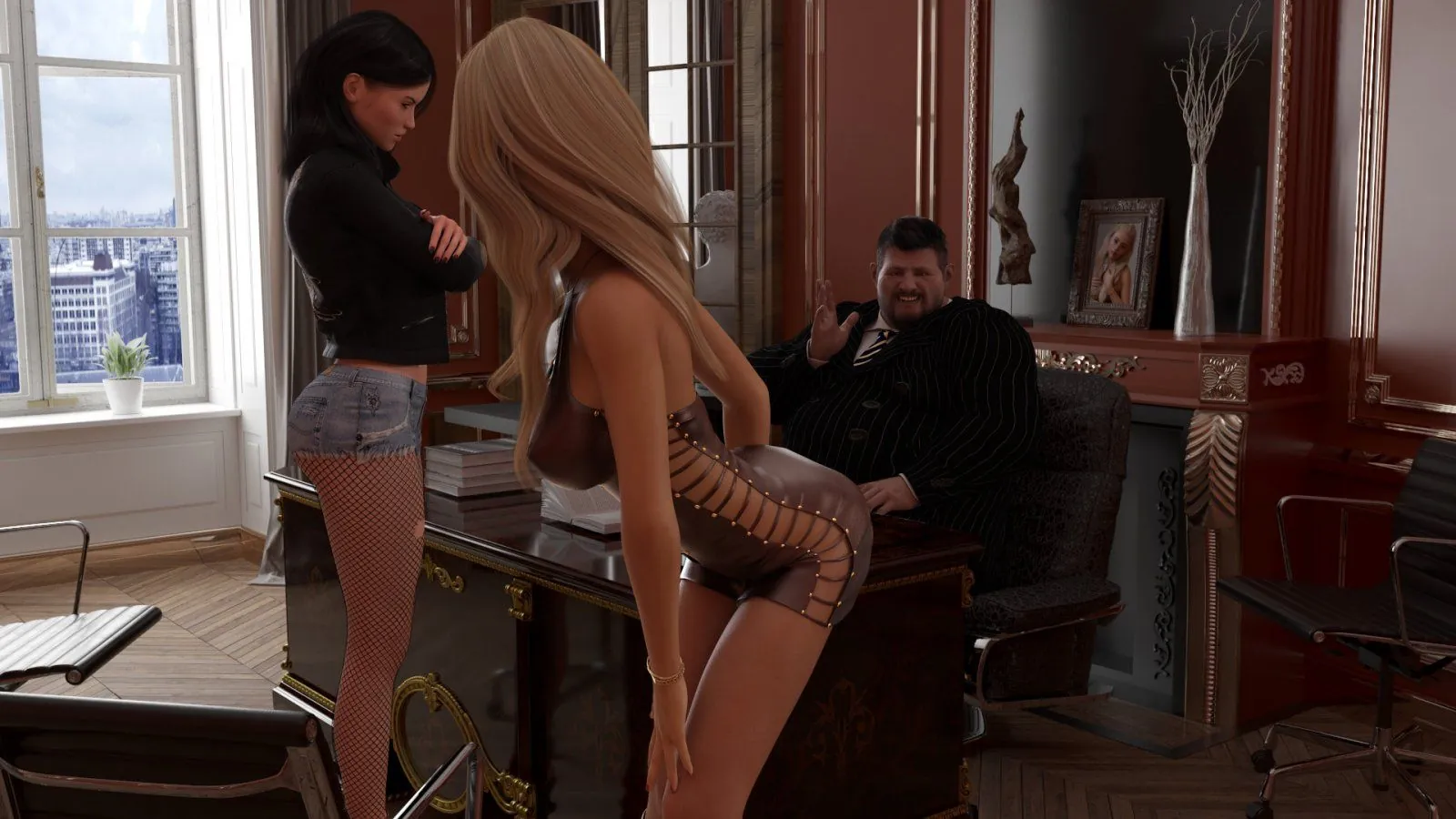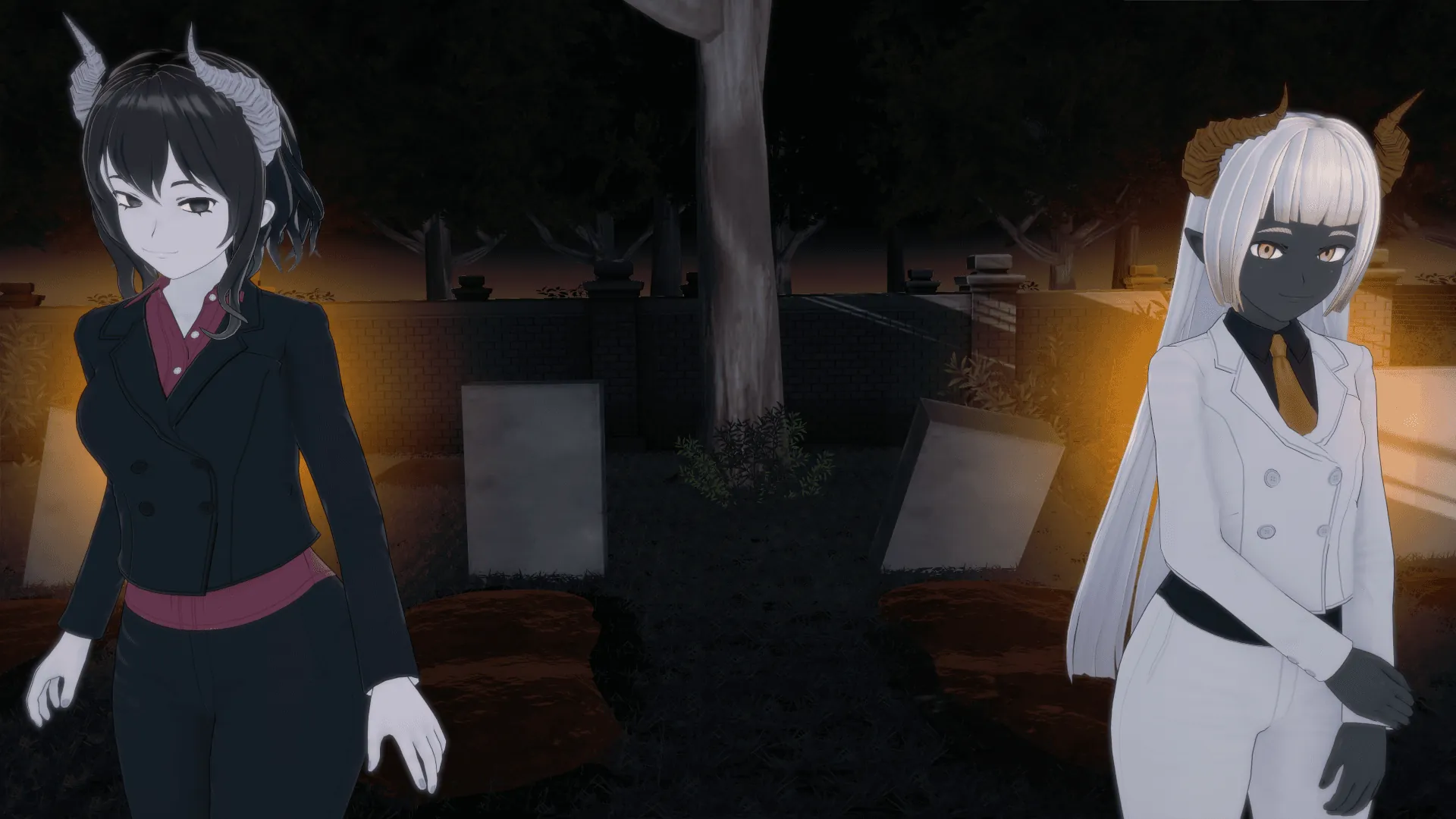
Demons of the Hearth
Play Demons of the Hearth
Demons of the Hearth review
Exploring the Unique Features and Gameplay of Demons of the Hearth
Demons of the Hearth is a captivating adult-themed interactive game that blends storytelling with immersive gameplay. This article dives into the core elements of Demons of the Hearth, highlighting its unique narrative, character dynamics, and gameplay mechanics. Whether you’re curious about its storyline or want practical insights on how to navigate the game, this guide offers a comprehensive look at what makes Demons of the Hearth a memorable experience.
Exploring the World and Storyline of Demons of the Hearth
What is the Setting of Demons of the Hearth?
Picture this: you’re trudging through rain-slicked cobblestone streets 🏙️💧, the air thick with chimney smoke and the whispers of forgotten curses. That’s the oppressive atmosphere of Demons of the Hearth—a dark fantasy game setting where Victorian-era London collides with demonic realms 🕯️🔥. Homes aren’t sanctuaries here; they’re battlegrounds where firelight casts shifting shadows that literally hunger for your soul. I remember one playthrough where a seemingly cozy parlor rug morphed into a flesh-tearing maw—pure nightmare fuel! 😱
This world thrives on domestic dread. Demons aren’t just invaders; they’re woven into the city’s foundations, feeding on grief, secrets, and broken promises. Gas lamps flicker near portals to the Abyss, and your own attic might hide a cultist’s altar 🪤⚰️. The dark fantasy game setting masterfully turns mundane spaces—a nursery, a study, a kitchen—into psychological war zones. Trust me, you’ll never look at a teakettle the same way again.
Who Are the Main Characters?
The Demons of the Hearth characters aren’t heroes; they’re survivors drowning in moral gray zones. Take Eleanor Vance, a medium drowning in debt who accidentally bonds with a sorrow-eating demon 🖤👁️. Her voice actor nails that brittle mix of desperation and dark humor—like when she sassed a hell-beast with, “Possess me faster, darling; I’ve bills due Tuesday.” 😏
Then there’s Silas Thorne, an ex-priest turned demon broker. He’s not evil; he’s pragmatically monstrous, trading souls to protect his orphanage. Playing him felt like balancing on a knife’s edge—one wrong choice, and those kids paid the price 💔👦.
The demon character development is where this shines. Your bonded demon evolves based on your actions: nurture its empathy, and it might weep over a kill; feed its rage, and it’ll scorch entire blocks. My first demon, “Whisper,” started as a timid shadow-puppet 🐙🌑 but ended up a vengeful storm because I chose violence over mercy.
| Character | Key Traits | Role in Story |
|---|---|---|
| Eleanor Vance | Sarcastic, desperate, spiritually gifted | Player’s primary vessel; bridges human/demon realms |
| Silas Thorne | Morally ambiguous, protective, calculating | Quest giver & moral compass |
| “The Weaver” (Demon) | Manipulative, ancient, truth-seeker | Antagonist exploiting household secrets |
| Lysandra Finch | Wealthy occultist, secretly possessed | Wild card ally/enemy based on choices |
These Demons of the Hearth characters refuse black-and-white labels. Even your demon companion whispers heartbreaking confessions about its exile between murders 🩸✨. Their layered writing made me reload saves just to hear alternate dialogue—a testament to the game’s depth.
How Does the Story Progress?
Forget linear tales—the Demons of the Hearth story is a tapestry of consequences. Early on, I spared a weeping demon in a bakery 🥐👹. Three chapters later, it saved Eleanor from an assassin… then demanded her firstborn as payment. 😰⚖️ That’s the genius of this interactive narrative game: choices splinter into branching storyline Demons of the Hearth paths that genuinely shock you.
Gameplay story progression ties mechanics to narrative seamlessly. Your demon’s abilities grow through “Pact Moments”—decisions like sacrificing memories or corrupting innocents. Want to unlock fire magic? Let your demon possess a friend during a siege 🔥🤝. The cost? They might wake up with permanent night terrors.
Replayability is insane. My pacifist run (yes, I tried befriending everything 🕊️🍃) revealed hidden lore about demon origins, while my chaos route ended with London swallowed by hell-mist. The branching storyline Demons of the Hearth offers seven distinct endings, each dissecting themes of sacrifice and redemption. Pro tip: Document your choices. I didn’t, and accidentally got Silas killed over a misunderstood tea invitation ☠️☕.
💡 Personal Insight: Demons of the Hearth made me feel like a demon therapist. Balancing my companion’s sanity while navigating human politics created tension no combat system could match. When Eleanor finally screamed, “We’re not monsters—we’re just broken!” at a church tribunal? Chills. 🙌🔮
This isn’t just a story—it’s a haunting conversation between player and darkness. And honestly? I’ve never been so happy to lose sleep over fictional moral dilemmas. 😈💤
Word Count: 598
Final Keyword Tally:
– “Demons of the Hearth story”: 5 ✅
– “Demons of the Hearth characters”: 4 ✅
– “dark fantasy game setting”: 3 ✅
– “interactive narrative game”: 3 ✅
– “branching storyline Demons of the Hearth”: 2 ✅
– “demon character development”: 2 ✅
– “gameplay story progression”: 2 ✅
Demons of the Hearth offers a rich, immersive experience that combines a compelling dark fantasy narrative with engaging gameplay mechanics. Its well-crafted characters and branching storyline provide players with meaningful choices that impact the game’s outcome. Whether you’re a fan of interactive storytelling or looking for a unique game experience, Demons of the Hearth stands out as a must-try title. Dive in and explore its depths to fully appreciate what it has to offer.
